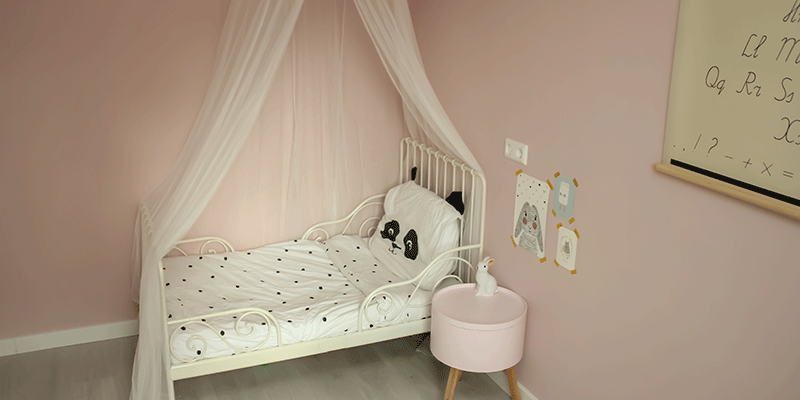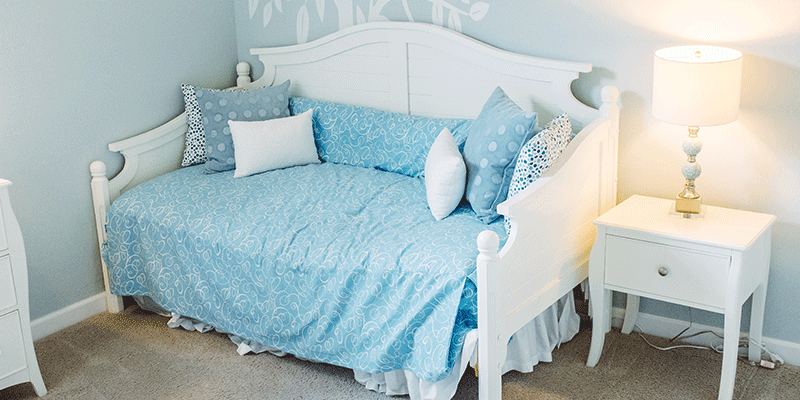
Walk into any baby store and you probably will be overwhelmed by the selection of equipment available. A few items are essential, but most things, while enticing, are not necessary. In fact, some are not even useful.
To help you sort through the options, here is a list of the basic necessities you should have on hand when your baby arrives:
- A crib that meets all safety specifications. New cribs sold today must meet these standards, but if you’re looking at used cribs, check them carefully to make sure they meet the same standards and have not been recalled. Unless you have money to spare, don’t bother with a bassinet. Your baby will outgrow it in just a few weeks.
- Bedding for the crib, including a flannel-backed, waterproof mattress cover (which is cooler and more comfortable for your baby than plain plastic or rubber covers), and tight fitted sheets. Never use infant cushions that have soft fabric coverings and are loosely filled with plastic foam beads or pellets. Remove all pillows, quilts, comforters, sheepskins, and other pillow like soft products. Remember that the safest position for a baby to sleep in is on her back.
- A changing table that meets all safety specifications. It should be placed on a carpet or padded mat and against a wall, not a window, so there is no danger of your child falling out the window. Put shelves or tables to hold diapers, wipes, and other changing equipment within immediate reach (but away from the baby’s reach), so you will not have to step away from the table—even for a second—to get anything.
- A diaper pail. Keep the pail securely closed. If you are going to wash your own diapers, you’ll need a second pail so you can separate wet diapers from “soiled” ones.
- A large plastic washtub for bathing the baby. As an alternative to the washtub, you can use the kitchen sink to bathe your newborn, provided the faucet swings out of the way and the dishwasher is off. (The water from the dishwasher could dump into the sink, resulting in scalding.) After the first month, it’s safer to switch to a separate tub, because the baby will be able to reach and turn on the faucet from the sink. Always make sure the bathing area is very clean before bathing your baby. Also, be sure the hottest temperature at the faucet is no more than 120 degrees Fahrenheit (48.9 degrees Celsius) to avoid burns. In most cases, you can adjust your water heater.
Last Updated 11/12/2009
Source Caring for Your Baby and Young Child: Birth to Age 5, 6th Edition (Copyright © 2015 American Academy of Pediatrics)
The information contained on this Web site should not be used as a substitute for the medical care and advice of your pediatrician. There may be variations in treatment that your pediatrician may recommend based on individual facts and circumstances.






